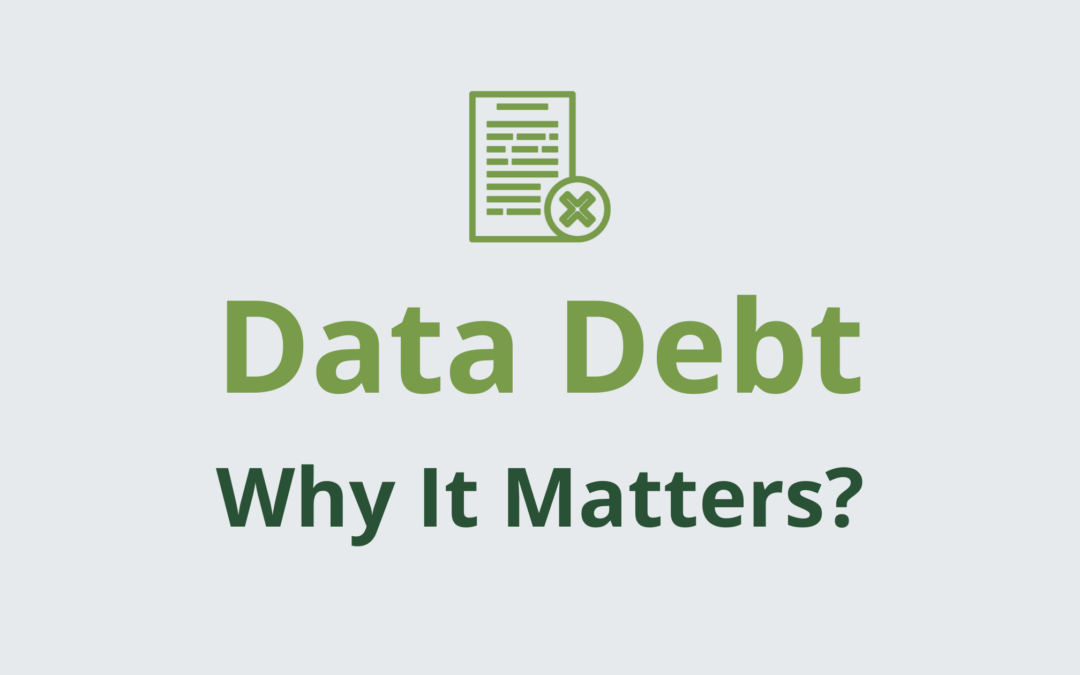Introduction
Data Debt is a silent killer of ecommerce growth. It’s the reason AI models deliver faulty insights and why your team struggles to answer basic questions about performance. In this blog post, we’ll explain what Data Debt is, why it’s so pervasive, and how addressing it can unlock new growth opportunities for your business.
What is Data Debt?
Data Debt is the accumulation of incomplete, inaccurate, or fragmented data that makes it difficult to understand your business performance. Like Tech Debt, it’s an invisible problem that grows over time, caused by platform migrations, human errors, and inconsistent processes.
Why Does It Matter Now?
With the rise of AI and machine learning, businesses have more tools than ever to analyze their data. But these tools are only as good as the data they’re fed. If your historical data is messy, even the smartest AI can’t deliver accurate insights.
A Real-Life Example:
Imagine you’re analyzing customer lifetime value (CLV) and average order value (AOV) to determine your Customer Acquisition Cost (CAC). One client faced an issue where their dataset combined DTC and wholesale orders, resulting in misleading numbers:
- DTC CLV: $135
- Wholesale CLV: $4,000
- Combined CLV: $455
Using the combined metric, they significantly underestimated their CAC for DTC customers, leading to poorly targeted campaigns and wasted spend. Once the data was segmented, the client gained clarity and avoided these costly mistakes.
How to Spot Data Debt?
Common signs of Data Debt include:
- Metrics that don’t align across platforms.
- Difficulty answering basic questions about customers, products, profitability, or campaigns.
- Wasted time manually cleaning and reconciling data.
Next Steps:
Addressing Data Debt starts with understanding where the problems lie. In our next post, we’ll dive into the common sources of Data Debt and how to start fixing them.

